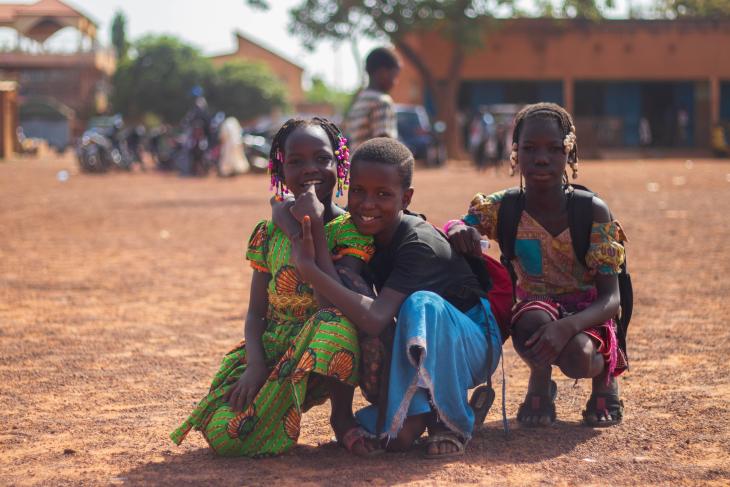Improving Lives Through Food for Education

Across the developing world, 66 million school-age children go to school every day hungry. Attending classes hungry severely impacts children’s abilities to learn, to thrive, and to realize their full potential. While children in low- and middle-income countries are enrolling in school at historically high levels, many are not acquiring foundational literacy and numeracy skills. Several evidence syntheses examine the effectiveness of school-based interventions and find that multi-faceted programs are most promising to improve learning.
The McGovern-Dole Food for Education Program
Since 2002, the United States Department of Agriculture (USDA), through the McGovern-Dole International Food for Education and Child Nutrition (FFE) Program, has provided support to low-income, food-deficit countries around the globe to reduce hunger and improve literacy and primary education, especially for girls. Through the provision of U.S. agricultural commodities and financial and technical assistance to support education, school feeding, and maternal and child nutrition, USDA has provided support to more than 31 million children in 48 countries.
To do so, McGovern Dole Food for Education projects provide school meals and a host of literacy, nutrition, and health interventions tailored to the specific country-context. These multi-faceted projects aim to (a) increase nutrition, school attendance, and classroom attentiveness through school meals; and (b) improve the quality of literacy instruction by giving teachers the pedagogical tools and materials they need, ultimately improving both food security and literacy skills.
Since 2013, AIR has conducted over 25 evaluations of McGovern Dole Food for Education projects around the world. More recently, AIR along with its partners has brought research evidence to practice by implementing literacy activities for the McGovern Dole FFE programs in Benin and Lesotho.


